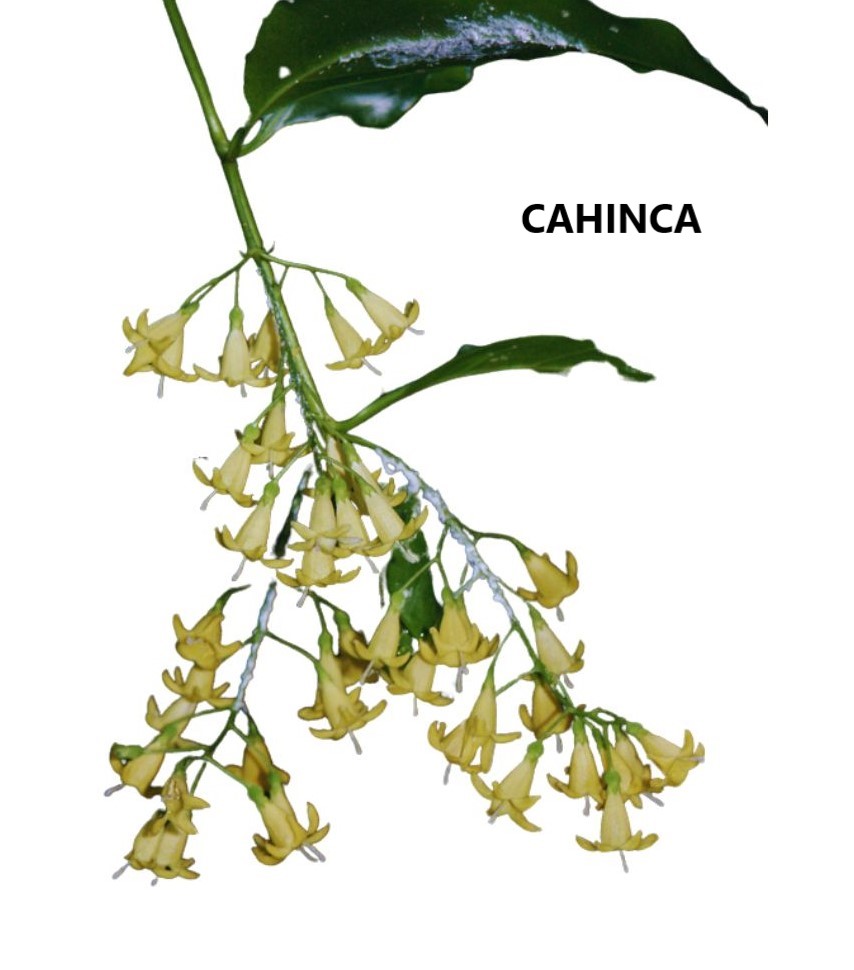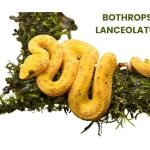Cahinca, also known as Chiococca, is a Brazilian plant with medicinal properties used in homeopathy.
It is primarily indicated for dropsical affections and urinary symptoms, with a focus on albuminuria and dyspnoea.

Table of Contents
ToggleSOURCE INFORMATION
Scientific Classification
- Kingdom: Plantae
- Order: Gentianales
- Family: Rubiaceae
- Genus: Chiococca
- Species: Chiococca alba
Origin
- Cahinca is native to Brazil and other regions of South America. It grows in tropical and subtropical climates, often found in forests and along riverbanks.
Interesting Facts
- Cahinca has a long history of traditional use by indigenous peoples in Brazil for various medicinal purposes, including treating urinary issues and dropsy.
DRUG PATHOGENESIS
- Cahinca is indicated for dropsical conditions, particularly when accompanied by urinary symptoms.
- It is known to relieve symptoms of albuminuria, dyspnoea worsened by lying down at night, and ascites with dry skin.
- The urinary symptoms include constant desire to urinate, polyuria during travel, fiery urine, and burning pain in the urethra.
KEY CHARACTERISTICS
- Effective for dropsical affections.
- Marked urinary symptoms, including albuminuria and dyspnoea.
- Polyuria during travel.
- Burning pain in the urethra, especially during passage of urine.
- Pain in the region of kidneys, relieved by lying bent backward.
- General fatigue may be present.
PARTICULAR ORGAN SYMPTOMS
URINARY SYMPTOMS
- Constant desire to urinate: There is a persistent urge to urinate, even when the bladder may not be full.
- Polyuria while traveling: Excessive urination occurs during travel, possibly indicating irritation or dysfunction of the urinary system.
- Fiery urine: The urine appears hot or burning, suggesting inflammation or irritation of the urinary tract.
- Burning pain in urethra, especially glandular portion: There is a sensation of burning pain, particularly in the glandular portion of the urethra, which may indicate inflammation or infection.
MALE SYMPTOMS
- Drawing in of testicles and spermatic cord: The testicles and the cord that carries sperm experience a pulling or drawing sensation inward, possibly due to irritation or inflammation.
- Pain worsens during passage of pungent-smelling urine: Pain in the male genital area increases when passing urine that has a strong, pungent odor, suggesting possible urinary tract irritation or infection.
BACK SYMPTOMS
- Pain in the region of kidneys: There is discomfort or pain localized in the area of the kidneys, which may indicate kidney inflammation or dysfunction.
- Better lying bent backward: The pain or discomfort in the kidney region improves when lying in a position where the back is bent backward, possibly relieving pressure on the kidneys.
- General fatigue: Overall tiredness or weariness is experienced, which may be associated with the urinary symptoms or indicate a general state of weakness or exhaustion.
MODALITIES
- Symptoms worsen during the passage of pungent-smelling urine.
- Pain in the region of kidneys improves when lying bent backward.
RELATIONSHIP WITH OTHER DRUGS
- Compare with Apocynum, Arsenicum, and Coffea.
- Botanically similar to Coffea and shares relieving effects of fatigue.
DOSE
Third potency or lower is recommended for Cahinca in homeopathic practice.
Meaning of Difficult Words
- Dropsical: Pertaining to dropsy or edema, which is the abnormal accumulation of fluid in tissues, leading to swelling.
- Albuminuria: The presence of albumin (a type of protein) in the urine, often indicative of kidney dysfunction or damage.
- Dyspnoea: Difficulty or discomfort in breathing; shortness of breath.
- Polyuria: Excessive urination, where the volume of urine produced by the body is abnormally high.
- Ascites: The accumulation of fluid in the abdominal cavity, leading to abdominal swelling or distension.
- Gentianales: An order of flowering plants, which includes many economically important species such as coffee, quinine, and rubber trees.
- Rubiaceae: A family of flowering plants, commonly known as the coffee, madder, or bedstraw family, which includes many herbs, shrubs, and trees.
- Indigenous: Native to a particular region or country; in the case of plants, refers to species that naturally occur and have originated in a specific area.
- Urethra: The duct through which urine is conveyed out of the body from the bladder and in males also serves as the passage for semen during ejaculation.
- Inflammation: The body’s response to injury or infection, characterized by redness, swelling, heat, and pain.
- Infection: The invasion and multiplication of microorganisms (such as bacteria, viruses, or fungi) in the body, leading to tissue damage and the manifestation of disease symptoms.













Leave a Reply